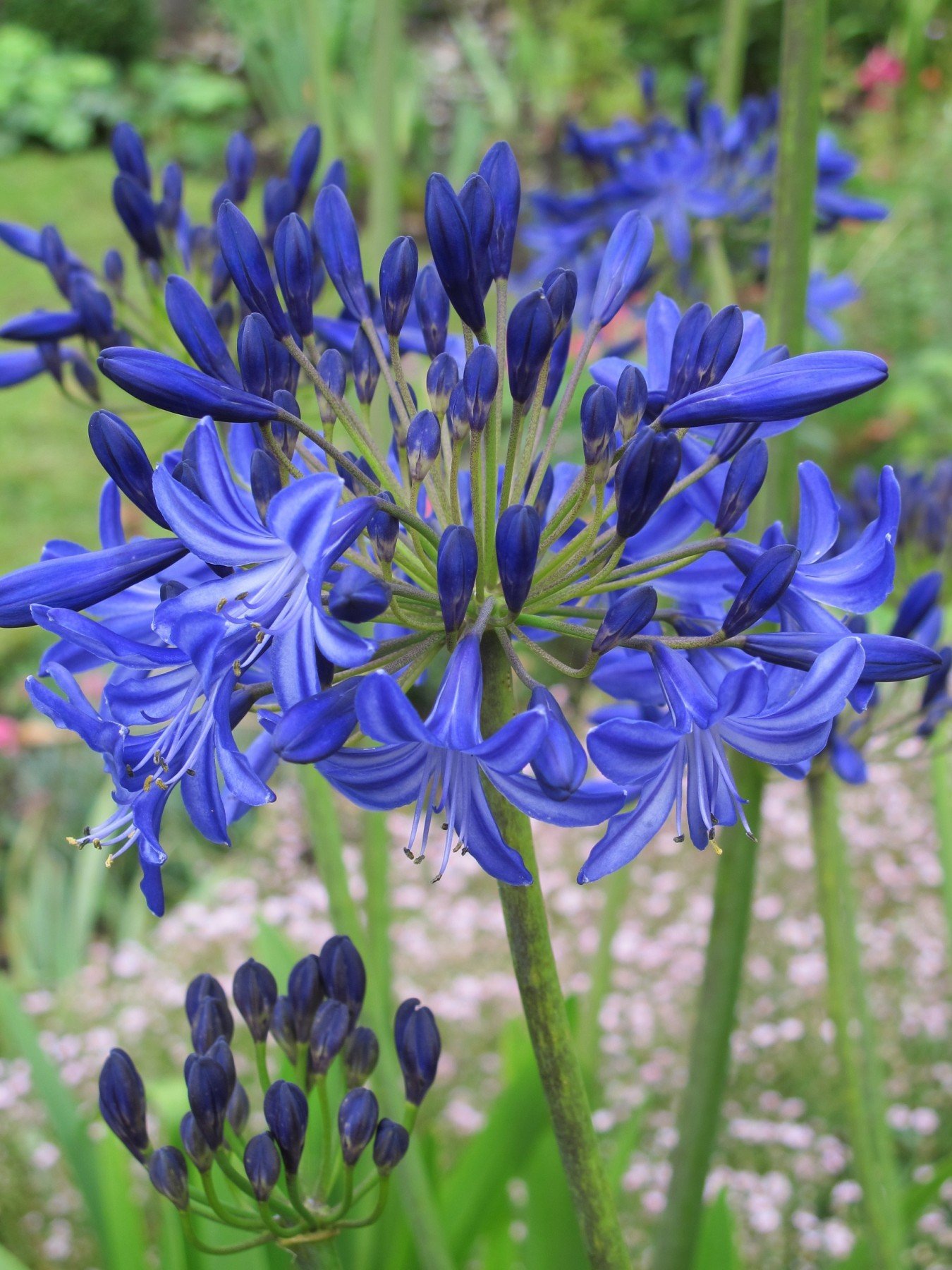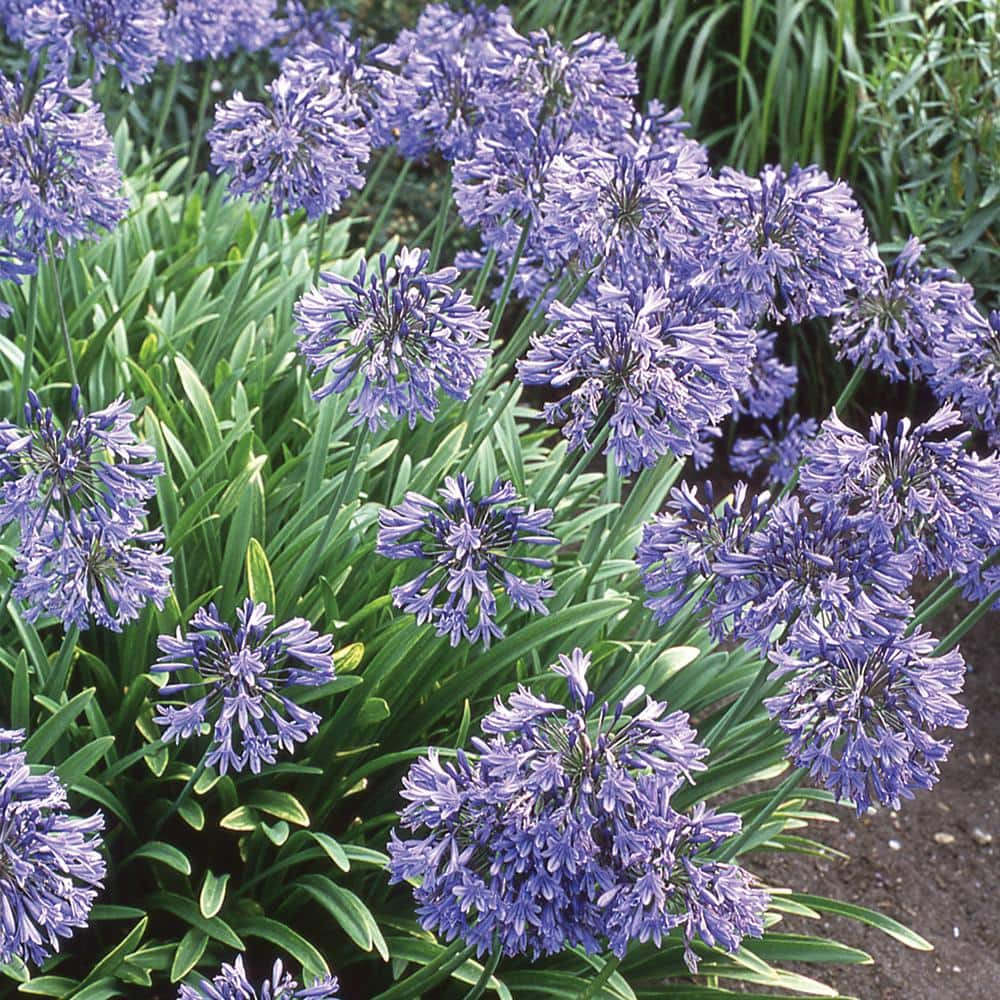Agapanthus Proliferation: Tips for Expanding Your Plant Collection
Agapanthus Proliferation: Tips for Expanding Your Plant Collection
Blog Article
Letting Loose the Secret to Successful Agapanthus Cultivation: Tips and Techniques for a Flourishing Yard
In the world of gardening, cultivating agapanthus effectively requires a strategic technique that includes various elements of plant treatment. With mindful interest to detail, one can open the tricks to supporting these stunning flowers, causing a garden that grows with charm and vibrancy. By understanding the nuances of agapanthus growing, one can produce an environment where these plants grow and flower abundantly. In the following discussion, we will explore important pointers and tricks that will certainly guide you towards a flourishing agapanthus garden, providing understandings into best techniques, soil problems, watering techniques, and more.
Growing Agapanthus: Ideal Practices
When growing Agapanthus, correct soil prep work is important for making sure effective development and growth of these gorgeous flowers. Agapanthus, generally called Lily of the Nile or African lily, prospers in well-draining dirt with a somewhat acidic to neutral pH level - Agapanthus. Prior to planting, it is essential to change hefty clay dirts with natural matter such as garden compost or peat moss to boost drainage and provide important nutrients for the plants
To plant Agapanthus, pick a location that gets full sunshine to partial shade, as this will advertise healthy development and plentiful blooming. Dig a hole twice the size of the plant's root round and place the Agapanthus at the exact same deepness it was previously growing. Delicately backfill the hole with soil, pushing down firmly to eliminate any type of air pockets around the origins.
Water the freshly planted Agapanthus extensively and continue to keep the dirt equally damp, especially during the plant's energetic expanding season. Agapanthus. Applying a balanced plant food once a month can even more support the plant's development and blooming. By adhering to these best practices for planting Agapanthus, you can produce a magnificent screen of these exciting blossoms in your garden
Perfect Dirt Conditions for Agapanthus
For optimum growth and growing success of Agapanthus plants, ensuring the soil conditions are optimal is important. Agapanthus chooses soil that is rich in nutrients, so including a balanced fertilizer throughout the expanding season can promote healthy and balanced growth and dynamic flowers.

Watering and Feeding Tips
To make sure healthy and balanced development and dynamic blooms, proper watering and fertilizing techniques are essential for effective Agapanthus farming. Agapanthus plants profit from regular watering, especially during the expanding period.
When it website here concerns feeding Agapanthus, a balanced plant food with equivalent components nitrogen, phosphorus, and potassium can be used in the spring to promote healthy and balanced development and blooming. Slow-release plant foods are suitable for providing nutrients gradually over an extended duration. Stay clear of over-fertilizing, as this can cause extreme foliage development at the expense of flowers.
Additionally, incorporating raw material like compost into the dirt can improve nutrient levels and improve dirt framework, aiding in the total health and wellness of the Agapanthus plants. By following these watering and fertilizing suggestions, garden enthusiasts can ensure their Agapanthus plants prosper and produce magnificent screens of flowers.
Pruning and Deadheading Strategies
Appropriate trimming and deadheading methods play a crucial function in preserving the health and wellness and visual appeals of Agapanthus plants, matching the important techniques of watering and fertilizing for successful farming. Trimming Agapanthus includes removing spent blossom heads, dead or yellowing fallen leaves, and general shaping of the plant to advertise better development. Deadheading, the procedure of removing discolored flowers, not only improves the plant's look but likewise urges additional blooming.
When deadheading Agapanthus, it is a good idea to trim off the flower stem at the base utilizing sharp, tidy shears. This procedure redirects the plant's energy from seed manufacturing back into root and vegetation development, advertising a much healthier and much more durable plant. Routine deadheading can extend the flowering period of Agapanthus and avoid self-seeding, which can cause congestion.
In terms of trimming, Agapanthus usually gain from a light trim after flowering to tidy up the plant and encourage fresh growth. Cutting down the invested flower stems and getting rid of any broken or dead vegetation aids maintain the plant's vigor and overall look. However, it is necessary to prevent cutting into the crown of the plant, as this can weaken its health.

Protecting Agapanthus From Vermins and Diseases
Applying effective parasite and disease management methods is essential to guarding the wellness and vitality of Agapanthus plants in growing. One usual pest that affects Agapanthus is the Agapanthus borer, a caterpillar that passages right into the plant, causing damage to the leaves and flowers.
Along with bugs, Agapanthus are susceptible to conditions such as root rot and fungal fallen leave places. These concerns can commonly be protected against by guaranteeing correct drainage and preventing overwatering. Influenced parts of the plant ought to be quickly removed to prevent additional spread if go to website indicators of condition show up. Fungicides may additionally be made use of as a treatment procedure, adhering to the supplier's instructions thoroughly. By staying attentive and resolving parasite and condition issues promptly, gardeners can help their Agapanthus grow and prosper.

Verdict
In final thought, effective growing of agapanthus requires correct planting strategies, excellent soil conditions, adequate watering and fertilizing, normal pruning and deadheading, and defense from insects and diseases. By following these ideas and tricks, gardeners can make certain a prospering garden full of beautiful agapanthus flowers. Agapanthus. Bear in mind to maintain constant care and focus to information to promote the wellness and longevity of these sensational plants
When planting Agapanthus, appropriate dirt preparation is essential for making sure effective development and development of these attractive flowers.Water the recently grown Agapanthus thoroughly and continue to maintain the site link dirt equally damp, particularly throughout the plant's energetic expanding period.For optimum growth and blooming success of Agapanthus plants, making certain the dirt problems are suitable is crucial. When hair transplanting or growing Agapanthus, ensure the dirt is well-prepared to give the necessary foundation for the plants to develop themselves efficiently. One usual bug that affects Agapanthus is the Agapanthus borer, a caterpillar that tunnels right into the plant, creating damages to the flowers and leaves.
Report this page